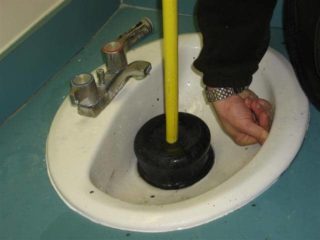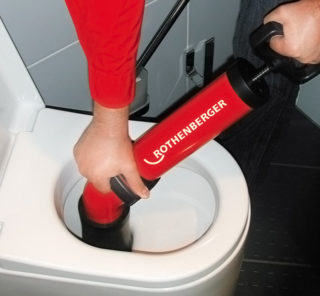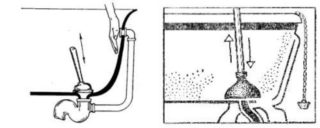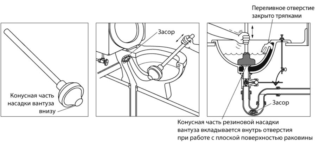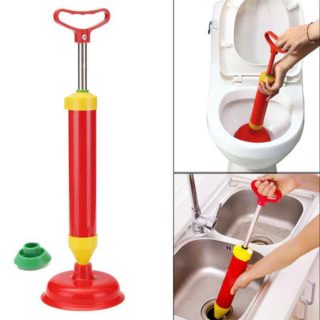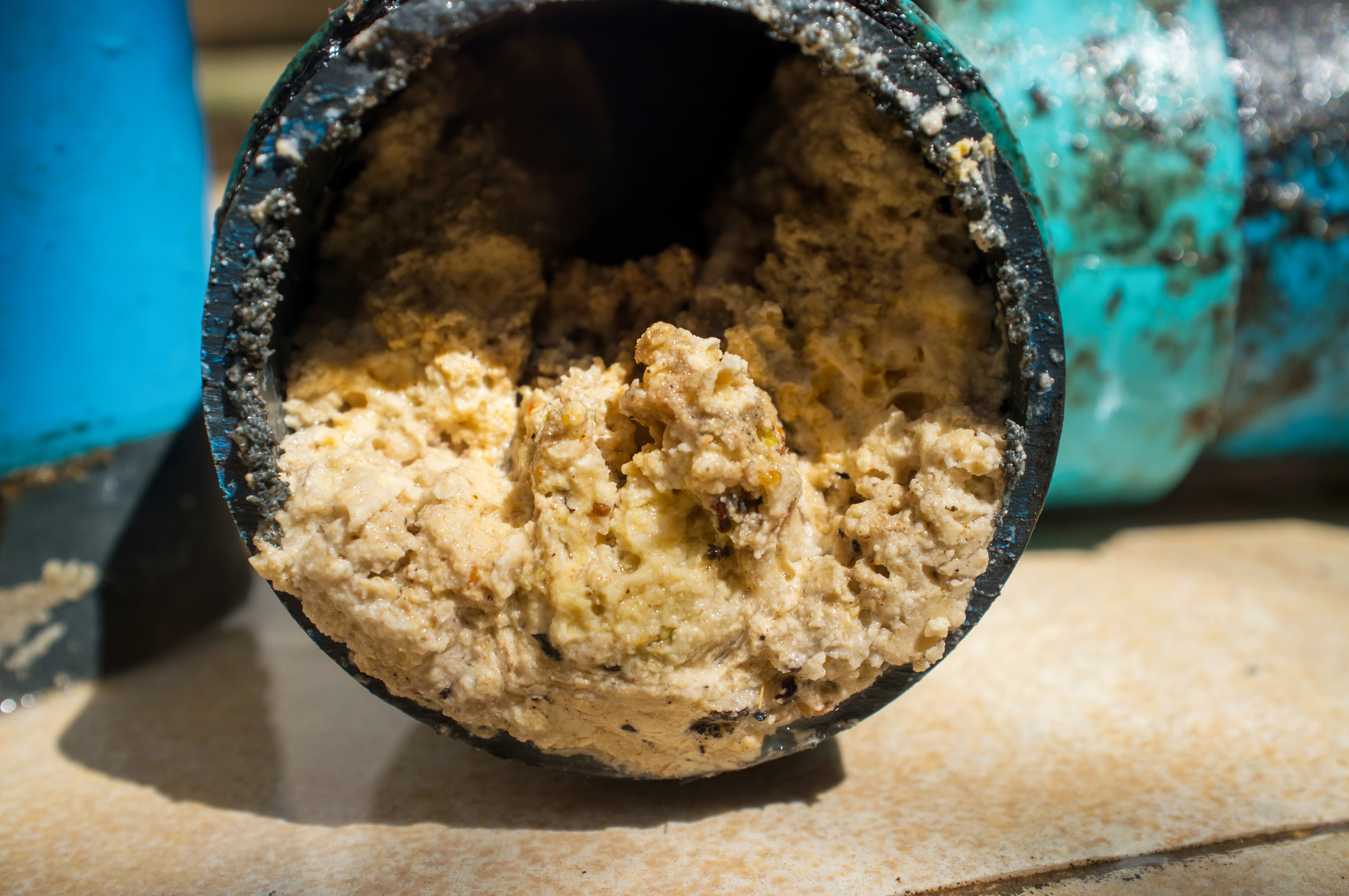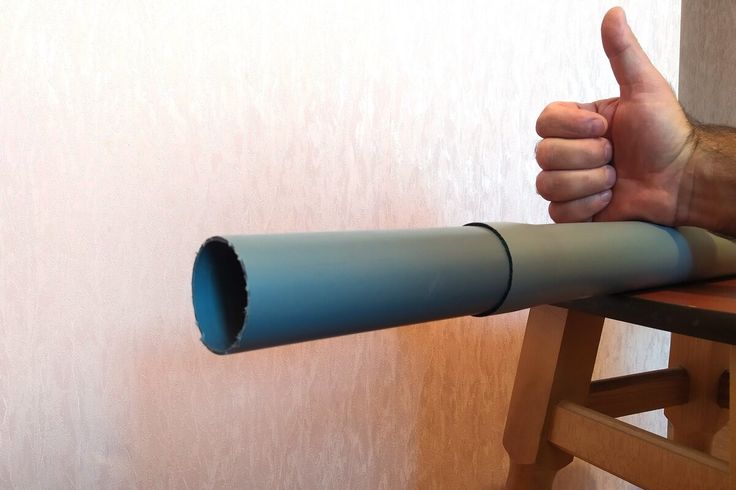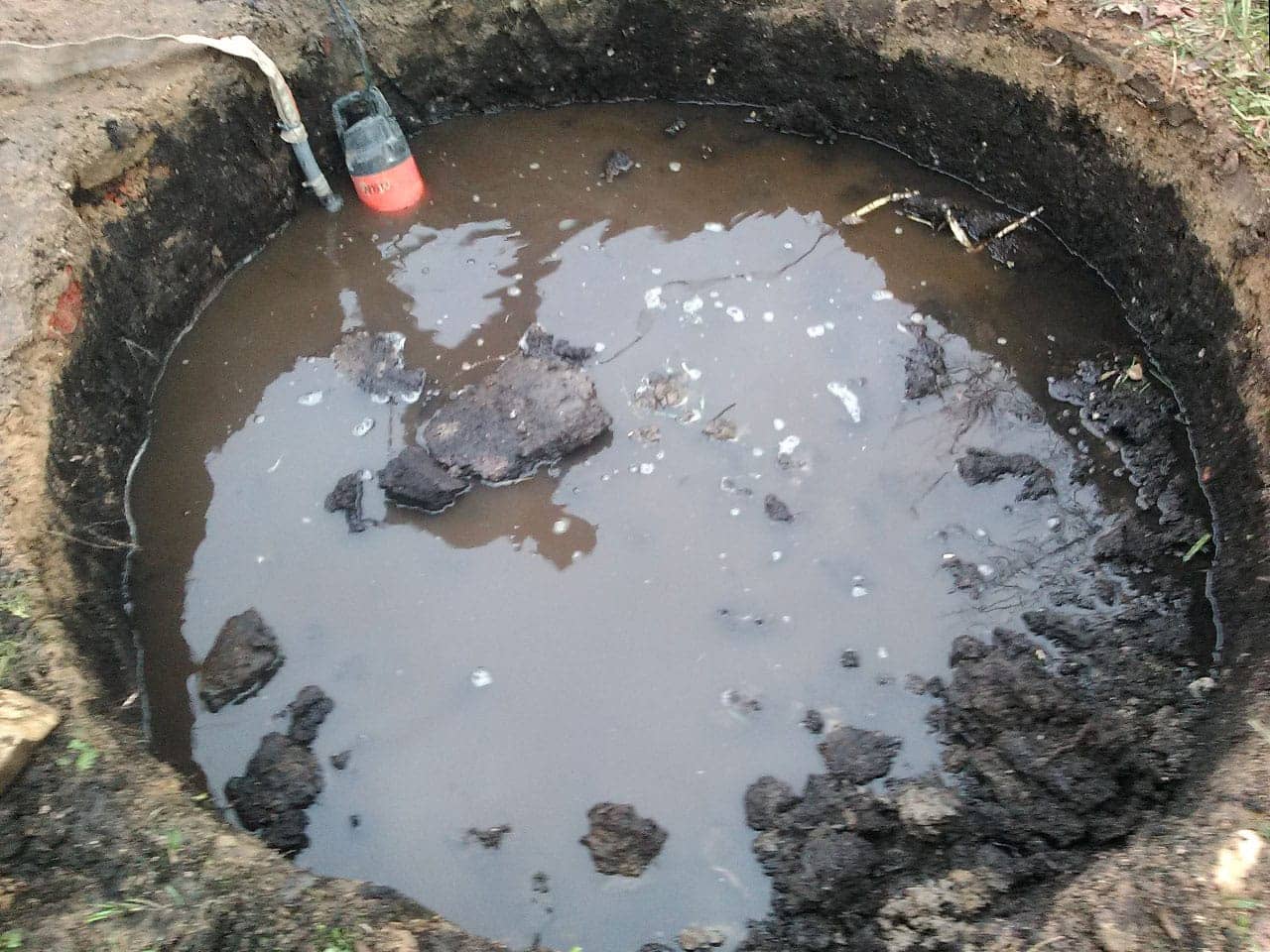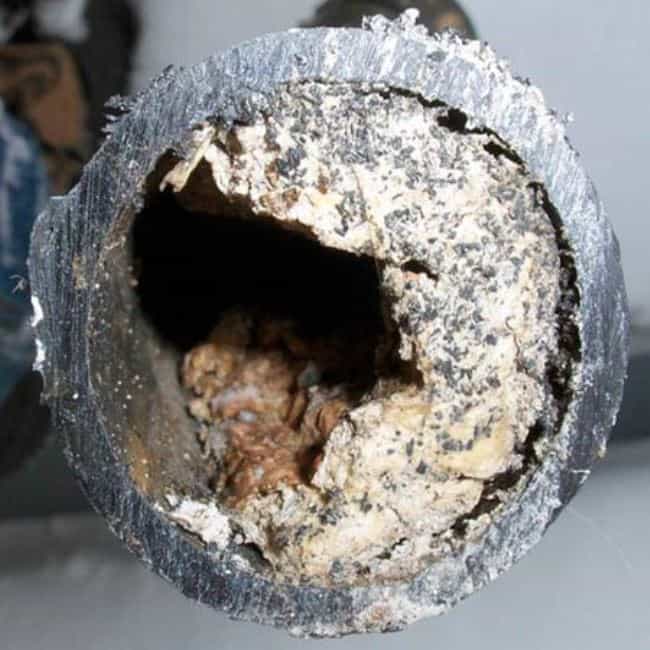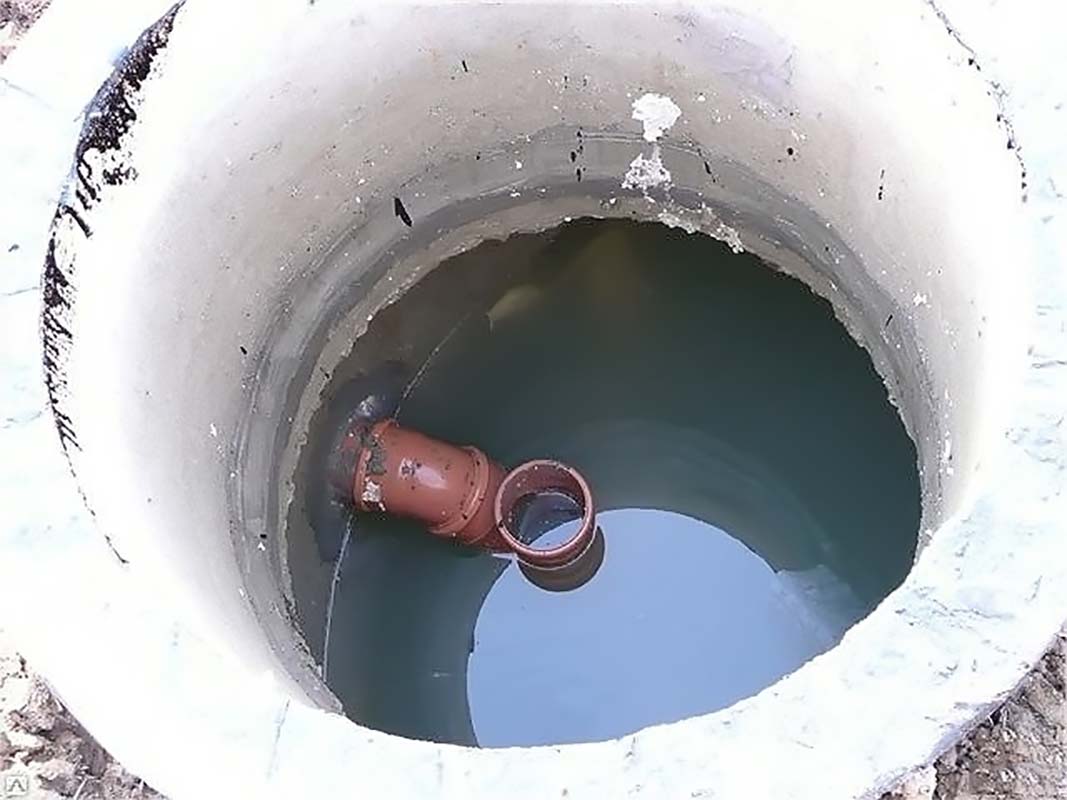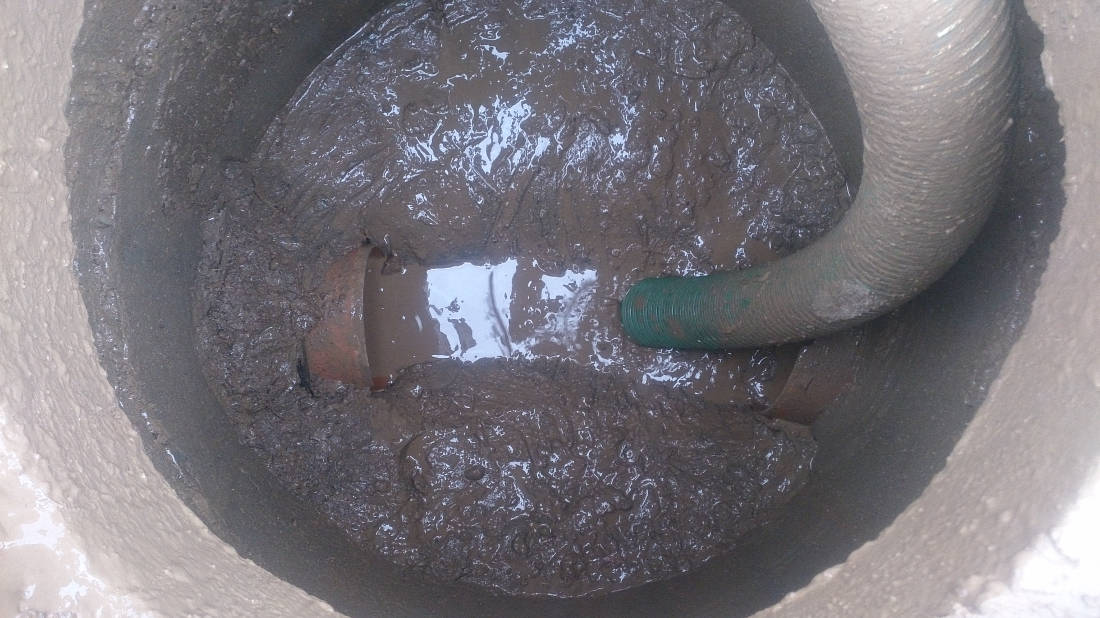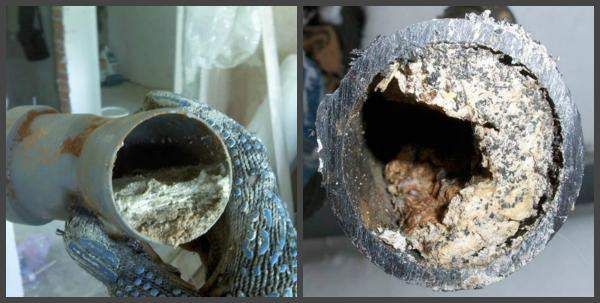Washing vegetables and fruits in the kitchen sink, cleaning shoes in the bathroom over the sink, draining water from the hair and many other actions cause sewer pipes to clog. Everyone faced this problem in everyday life. Most often, the repair is entrusted to a plumber, however, with the help of an ordinary plunger, you can fix the situation yourself, saving money and time.
The plunger and its types
Most likely, there is no such person who has not seen this instrument in his life. Parents usually hide it in the toilet behind the toilet or in special closets. With the help of this device, the airlock was removed in the water supply by plumbers of the 19th century. Today the plunger is presented in various types and modifications, but this does not affect its principle of operation. Craftsmen use pneumatic, vacuum or mechanical plungers.
Mechanical
Depending on the task that needs to be performed to clean the pipes, mechanical plungers are divided into:
- ordinary or classic - they cope with standard, located near the drain, areas of water obstruction;
- cone-shaped rubber - the elastic valve is pressed more tightly against the walls of the hole, creating a stronger dilution when pressed. This increases the strength of the influence of the water column on the blockage.
In addition to being accessible to the average consumer, mechanical plungers are easy to use and do not require special knowledge or skills.
Vacuum
It has a simple design and is easy to use, the vacuum plunger, instead of pressure on the accumulated garbage ball, extracts it outside by the liquefaction created in the flask. Externally, a vacuum instrument looks like a large plastic syringe with a tightly fitted rubber tip instead of a needle.
Pneumatic
Depending on the type of drain hole, professional plungers are:
- for a kitchen sink or washbasin in the bathroom - round rubber nozzles of different diameters are used to contact the cavity of the pipe outlet or the plane of the sink, bathroom;
- for a toilet bowl - most often a curved wide nozzle is included in the general set with the tool. It just tightly enters the drain, blocking the water outlet from it.
On the market you can find pneumatic and vacuum plungers in the following configuration:
- with one flexible wide nozzle for cleaning shower drains, bath and shower drains;
- with one rubber nozzle that can rotate in different directions, which greatly facilitates the introduction of the device into the drain channel for a more effective effect on the blockage;
- with 2 or more round elastic replaceable nozzles for various tasks, including the ability to clean the toilet;
- with large valves for urinal, toilet, bidet;
- with adapters for baths and sinks - for different diameters of outlets - professional kits are available. The body of such a tool is made from impact-resistant plastic, which makes it expensive, but durable and reliable.
Rubber nozzles are needed to create a hermetic connection between the cavity of the device and the pipe. Any leak will significantly reduce the pressure and will not have the desired effect.
Principle of operation
The method of using these physical properties of water determines the type of plunger:
- For a mechanical tool, a water level is required in the container above the drain, which will allow you to fill the bowl or cone completely;
- The vacuum device, with the help of an empty internal cavity and the extension of the piston-handle, creates a dilution in the area from the blockage to the walls of the container;
- The pneumatic mechanism uses air, which then, after pressing the nozzle firmly against the drain, shoots into the pipe.
Most of the sewage forms around the drain after the use of vacuum plungers. This should be taken into account when choosing a tool for unblocking the drain pipes. The most "accurate" apparatus is pneumatic, since its work is based on pushing the blockage further along the pipes.
Step-by-step algorithm for clearing a blockage in pipes using a plunger
If possible, clean the plumbing of excess debris and liquid, leaving some water to create a pressure column on the blockage. Also, a container of clean water will not hurt to check the effectiveness of the measures taken.
Instructions for using a mechanical plunger:
- Install the plunger tightly around the drain so that liquid enters its cavity.
- Alternately press sharply and just as quickly pull the plunger back. This will create the necessary vibrations of the water column, swinging the mud ball. The appearance of debris will indicate the correct execution of actions.
- The procedure must be repeated until the water is drained at the same rate into the sewer.
Instructions for using a vacuum plunger:
- Collect clean water and the maximum mark into the cavity of the "syringe".
- Connect the nozzle firmly to the drain so that the even stop of the tool is felt.
- Lower the handle sharply with maximum force.
- Repeat several times as necessary. Usually, after 2-3 procedures, the blockage is destroyed.
- Pour clean water for testing and monitor the rate of its discharge into the sewer. If the rate of decrease in the level of liquid in the sink or bathroom is lower than usual, repeat the procedure several more times until the desired result is achieved.
Instructions for using a pneumatic plunger:
- Connect the portable or network device to the power supply.
- Select and install the required rubber cap.
- Select the desired pressure level in the settings and press the button to start pumping it.
- Make sure that the device is ready for use (does not emit extraneous sounds, clicks, the working pressure is fixed on the scale).
- Press the rubber grip firmly against the drain and press the start button. The air must be shot under a pressure of up to 10 atm.
- Check the effectiveness of the procedure by pouring clean water into the sink, bathroom or toilet. Check fluid drain rate.
To fix the cleaning effect, the drain should be rinsed with hot water, filled with a chemical clogging breaker according to the instructions of the product.
Nuances and tips for use
- First, it is necessary to assess the severity and the most likely causes of the obstruction of the sewage system. If large materials, garbage, food waste and similar objects have entered before the blockage, then you can try to deal with the obstruction yourself. If there are doubts, but there are no obvious reasons, then it is better to use the help of specialists so as not to harm even more.
- You need to understand that the work of a plumber is necessarily associated with unpleasant odors, creepy waste and other unaesthetic things. If there is no desire to face the world of sewage, the plumber is simply irreplaceable.
- Protect your hands and face for cleaning. It is best to wear high-density rubber gloves and closed-type plastic goggles. An apron and respirator will also work, but this is not necessary.
- After all procedures, you need to thoroughly wash your hands with household or antibacterial soap, change your clothes.
- If the plunger valve is loose, then applying a small layer of petroleum jelly or greasy cream will help fix this.
- If a nozzle flies off a mechanical tool, then it can be attached to a wooden or rubber handle with self-tapping screws or nails. Only they should be chosen not of a very large diameter, so as not to split the stalk.
- An unsuccessful outcome after numerous attempts indicates either mistakes made or a deep location of the blockage. In any case, you will need the help of a master.

